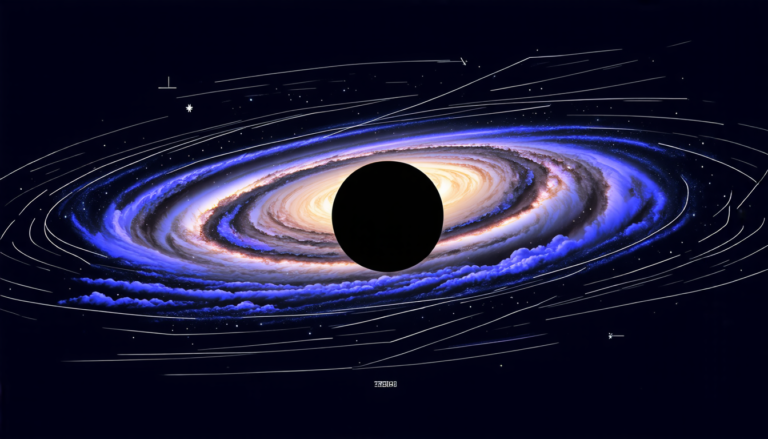Wednesday 06 August 2025
Scientists have made a breakthrough in manipulating light, allowing them to create complex patterns of light that can be used to control the way it behaves. This new technology has the potential to revolutionize the field of optics and could lead to the development of new applications such as super-resolution microscopy and high-capacity optical communication.
The research team achieved this by using a technique called spatiotemporal optical vortex generation, which involves creating a phase singularity in the light beam. This causes the light to rotate around the axis of propagation, giving it an orbital angular momentum that can be manipulated.
To create the phase singularity, the researchers used a spatial light modulator (SLM) to modify the light wavefront. The SLM is a device that can change the shape and phase of the light beam in real-time, allowing for precise control over its behavior.
The team then used a nonlinear optical crystal to convert the fundamental frequency of the light into higher harmonics, such as second- and third-harmonics. This process is known as frequency conversion and it allows the researchers to generate light with different wavelengths from the same source.
One of the key advantages of this technology is its ability to preserve the topological charge of the light beam during the frequency conversion process. Topological charge refers to the intrinsic properties of the light beam that determine how it behaves, such as its orbital angular momentum.
The researchers were able to demonstrate the effectiveness of their technique by generating second- and third-harmonics of a 800-nm fundamental light beam. The resulting light beams had topological charges ranging from 4 to 40, which is much higher than what can be achieved with traditional methods.
This technology has the potential to revolutionize the field of optics because it allows for precise control over the behavior of light. This could lead to the development of new applications such as super-resolution microscopy and high-capacity optical communication.
Super-resolution microscopy is a technique that uses the unique properties of light to create images with much higher resolution than traditional microscopes. High-capacity optical communication refers to the ability to transmit large amounts of data over long distances using light.
The researchers believe that their technology could also be used in other fields such as biology, chemistry and physics. For example, it could be used to study the behavior of complex systems or to create new types of sensors.
Cite this article: “Revolutionary Light Manipulation Technology”, The Science Archive, 2025.
Optics, Light, Technology, Manipulation, Patterns, Control, Spatiotemporal, Optical Vortex Generation, Frequency Conversion, Topological Charge







